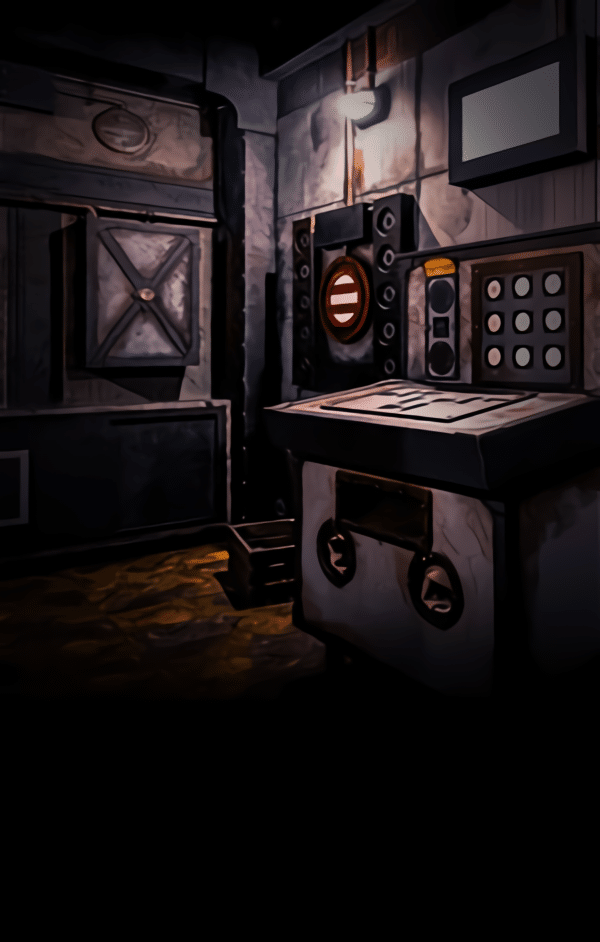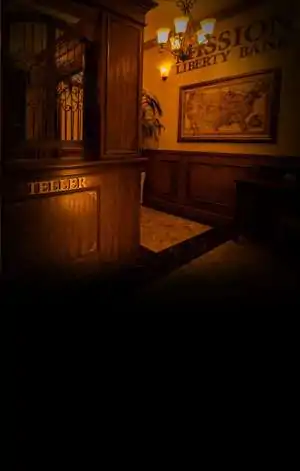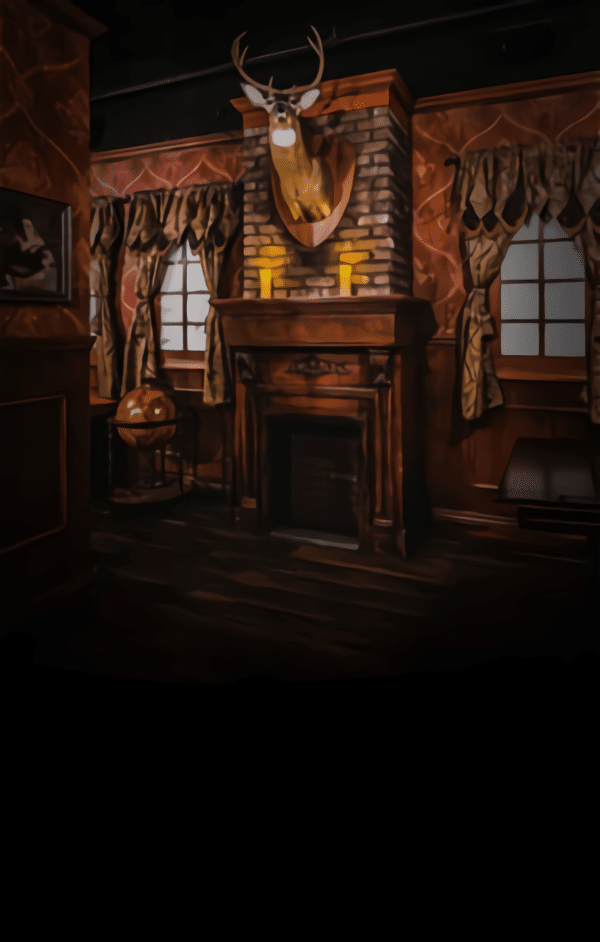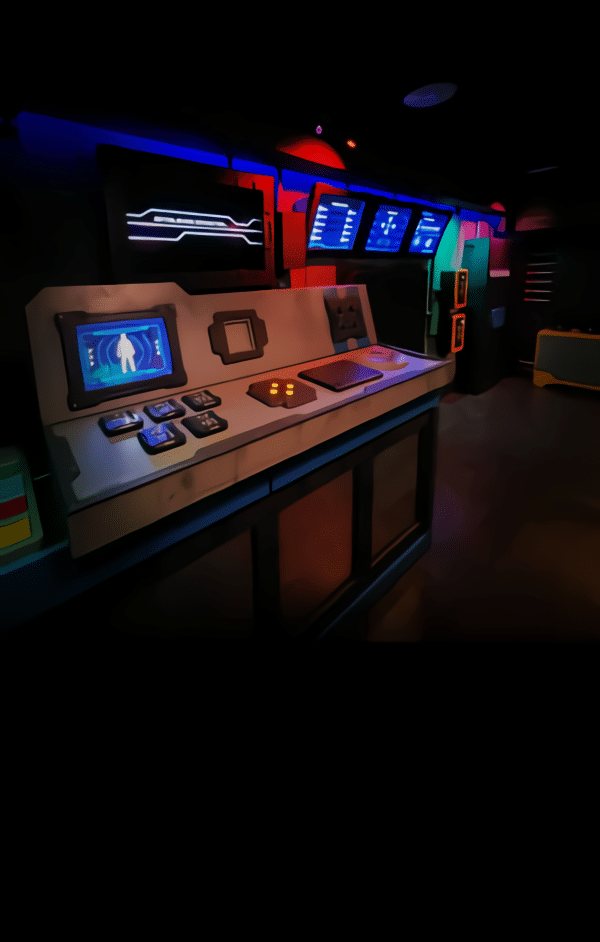Exploring the Variety of Themes Offered in an escape room Manhattan Experience
When people imagine an escape room Manhattan experience, they often picture dark corridors, cryptic puzzles, and high-pressure time limits. But what truly makes the Manhattan scene feel special is the variety of themes available, designed to match a wide mix of interests across families, friends, tourists, workplace groups, and puzzle lovers. From suspense-focused games to story-driven mysteries, each experience invites players to connect with a world that feels cinematic, adventurous, or brain-teasing depending on their preference.
Mission Escape Games – NYC, located right in the heart of Midtown, delivers a lineup that showcases this diversity through experiences like End of Days A, End of Days B, Hydeout, and Carbon: 3708. These games illustrate how different story angles appeal to different types of players. Some enjoy deciphering clues tied to end-of-the-world scenarios, while others prefer psychological thrillers or future-tech problem-solving. The beauty of such experiences lies in the way they blend narrative, teamwork, mental challenge, and adrenaline, making the overall adventure feel personalized.
A big part of why these themes land so well is the careful use of immersive set design. When participants walk into a game built around dystopian science, a vintage detective setting, or a survival scenario, the physical environment immediately does half the storytelling. Prop authenticity, lighting, sound engineering, and layout all work together to transport players beyond the usual and into a narrative space where tasks feel urgent and exciting. Because people enjoy different types of worlds—sci-fi, suspense, mystery, or problem-solving—the flexibility of themes makes escape rooms engaging to a wider crowd.
Another factor that enhances player interest is how interactive the spaces are. Many escape rooms incorporate tactile elements, hidden compartments, or responsive puzzles that react to touch, movement, or teamwork. This appeals to groups looking for hands-on engagement rather than passive entertainment. With various themes come various types of puzzle design—logic-based tasks, symbol decoding, pattern recognition, deductive reasoning, or physical clue manipulation. This blend allows different personality types to contribute in unique ways, from the analytical thinker to the natural storyteller.
The diversity of themes makes the Manhattan escape room scene feel like a full-spectrum adventure hub. Whether someone prefers intense pressure, immersive acting, or intricate brainwork, the experience can adapt to their style. This keeps groups returning again and again, eager to try a new theme that sparks fresh excitement.
Delivering Experiences That Appeal to Both First-Timers and Veterans
Not all escape room visitors have the same level of experience. Manhattan attracts a mix of casual players testing the waters for the first time, as well as seasoned escape room enthusiasts who crave deep complexity. The variety of themes plays an important role in catering to these different groups without leaving anyone behind.
For first-timers, story-driven rooms with intuitive puzzles make entry smoother. A theme like Hydeout, for example, offers an easy connection point by immersing players into a mystery atmosphere that feels familiar. The clues usually start with accessible logic that encourages new participants to think collaboratively without feeling overwhelmed. Because the environment is engaging and visually rich, beginners naturally follow the storyline and participate in solving tasks even if they don’t have prior puzzle background.
By contrast, veteran players often enjoy escape rooms that push their reasoning to new levels. Manhattan rooms designed for this crowd might involve more layered puzzles, multi-step clue integration, or time-sensitive mechanics that demand quick thinking. Sci-fi or dystopian themes often work well for these groups, as they allow for unconventional problem-solving formats like decoding futuristic systems or unraveling parallel narratives.
Another thing that makes the experiences fit both beginners and veterans is the contrast between linear and nonlinear puzzle structures. Linear progression works well for new players because every clue leads clearly to the next. Nonlinear formats let more advanced players split up, divide tasks, and work several puzzles at once—perfect for ambitious groups that thrive on complexity and speed.
Mission Escape Games – NYC integrates a balanced mix of both types. This ensures visitors can find something that aligns with the intensity, difficulty, and engagement level they’re seeking. Because groups often include a blend of personalities and experience levels, having distinct themes with adjustable complexity improves the satisfaction for everyone involved.
How Storytelling Enhances Themed Experiences
One of the biggest ways escape room locations cater to diverse interests is through their storytelling. A well-made narrative shapes how participants interpret clues, engage with the atmosphere, and immerse themselves in the challenge. Manhattan’s escape room scene thrives because of how thoughtfully these stories are constructed.
Different stories appeal to different types of players:
Types of Storylines
| Theme Style | Description | Player Type That Enjoys It |
|---|---|---|
| Apocalypse / Survival | High tension, countdown, global stakes | Thrill-seekers, adrenaline fans |
| Mystery / Investigation | Find clues, solve crimes, uncover secrets | Logical thinkers, detectives |
| Psychological Thriller | Suspenseful, immersive, character-based | Drama lovers, immersive fans |
| Futuristic / Sci-fi | Tech-based systems, digital puzzles, advanced settings | Tech enthusiasts, puzzle veterans |
Each thematic direction comes with its own pacing and puzzle tone. For instance, an apocalyptic room often includes urgency and countdown-driven mechanics, while a mystery room allows players to slow down and analyze evidence. This eliminates the “one-size-fits-all” format and instead invites players to choose the storyline that resonates with their personal style.
What truly helps players feel engaged is the consistency between narrative and puzzles. A futuristic room may use holographic clues or color-coded sequences, while a detective-themed game might rely on note-taking, map-reading, or physical key discovery. This alignment between story and gameplay strengthens immersion and makes the experience feel authentic rather than random.
Themed storytelling also helps groups emotionally connect with the world they’re stepping into. Instead of simply “solving puzzles,” they feel like protagonists working toward a meaningful goal. This is especially appealing to creative thinkers, narrative lovers, and groups who enjoy experiences that feel cinematic rather than purely mechanical.
How Themes Support Group Dynamics and Player Goals
Escape rooms also cater to different group personalities and goals. Some groups want bonding and teamwork, others want mental challenge, and some simply want fun and laughs. Themes allow escape room designers to tailor the experience to the mood and objective of each group.
For corporate groups, data-driven puzzle rooms or structured missions bring out strategic thinking and communication skills. For families, lighthearted or adventure-themed rooms help everyone participate without feeling intimidated. Friends exploring the city may prefer high-energy thrillers that create memorable shared moments.
Themes also help balance the roles within the group. In narrative-heavy rooms, the storytellers flourish. In logic-heavy environments, analytical thinkers take the lead. In adrenaline-focused rooms, quick decision-makers shine. Because every theme attracts different personality traits, groups naturally fall into roles that make the experience feel fulfilling and collaborative.
This flexibility is part of what makes Manhattan escape room experiences so appealing. Whether a group wants an intense challenge or a relaxed, playful atmosphere, themes allow them to select the energy level that suits their outing.
Conclusion
Escape room Manhattan experiences thrive because of their adaptability and wide thematic range. These rooms aren’t one-note activities—they’re full-fledged worlds built around diverse storylines, puzzle mechanics, and atmospheres that match the interests and comfort levels of different players. Whether someone is drawn to futuristic puzzles, detective mysteries, psychological thrillers, or apocalyptic adventures, the variety ensures there’s always something new to explore and enjoy.
Themes also support various group goals, from team-building to pure fun, making escape rooms a versatile and repeat-worthy activity. The ability to choose from different designs and narratives is what keeps players engaged and returning for new experiences. With deeply immersive sets, story-driven puzzles, and rooms built to accommodate beginners, families, experts, and thrill-seekers alike, the Manhattan escape room scene embodies creativity, diversity, and unforgettable adventure.
Frequently Asked Questions
1. How do escape room Manhattan locations cater to diverse interests and themes?
Escape room Manhattan venues tailor experiences through varied storytelling, immersive set design, flexible puzzle types, and multiple difficulty levels. Themes range from suspenseful mysteries to sci-fi adventures and survival missions, allowing players with different tastes to pick a room that resonates with their preferred type of entertainment. The diversity ensures that both beginners and veterans can enjoy unique, memorable challenges.
2. What types of themes are most popular in Manhattan escape rooms?
Popular themes include detective mysteries, end-of-the-world scenarios, futuristic sci-fi challenges, and psychologically immersive thrillers. Each offers a different tone and level of intensity, inviting various player personalities to jump in.
3. Are themed escape rooms suitable for beginners?
Yes. Many themed rooms are built with intuitive puzzle flow and story-driven structures that help beginners stay engaged without feeling overwhelmed. Beginners often enjoy mystery or adventure themes because they offer manageable pacing.
4. Do themed escape rooms enhance teamwork?
Definitely. Themed storytelling and puzzle integration naturally encourage communication, collaboration, and role distribution. Groups often find themselves working together more effectively because the theme gives their mission a cohesive purpose.
5. Can themes affect the difficulty of an escape room?
Yes, themes often influence puzzle design. Futuristic or detective-style rooms may include more layered puzzles suited for experienced players, while narrative-focused rooms may lean toward intuitive tasks that make them more beginner-friendly.









